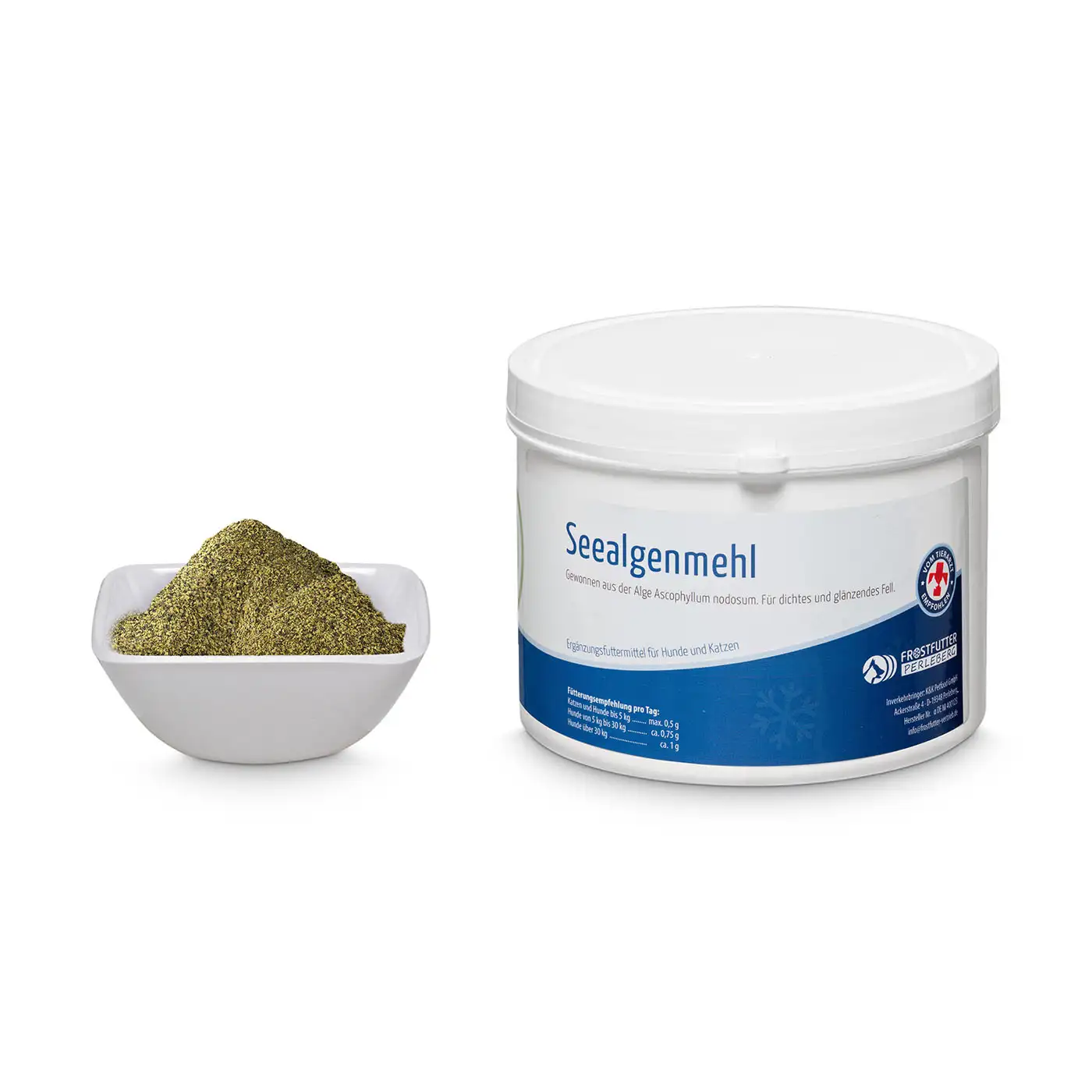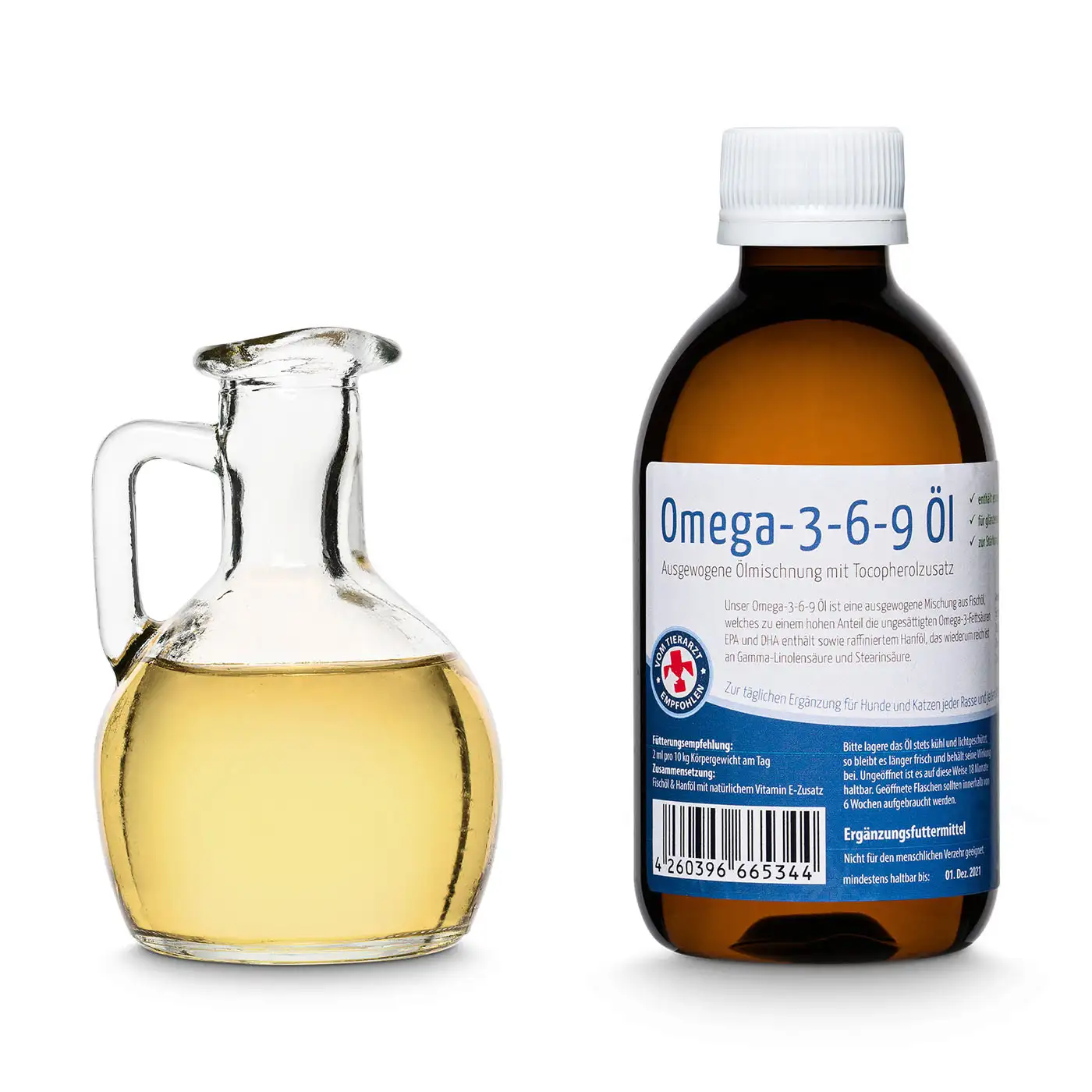

BARF Starter Guide for Dogs
Valuable Tips & Tricks for Starting a Life with BARF
Would you like to feed your dog a balanced and healthy diet using the BARF method but are not sure how to start? Here are some valuable tips we've put together for you.
Tip 1: Food Transition
Transitioning from commercial food to BARF is usually quite straightforward, but there are a few things to keep in mind. First, it’s a good idea to have a fasting day for your dog before transitioning to allow their digestive system to completely clear out the old food. Note: this does not apply to puppies!
In the next step, gradually introduce your dog to the various BARF components. For the first one to two days, feed only minced, easily digestible muscle meat. It’s important to initially stick with one type of meat. We recommend our tender beef tartare, ground beef muscle meat, or chicken muscle meat.
If your dog tolerates these meals well, you can gradually introduce other meats like horse muscle meat, turkey, or fish. Once this is successful, you can combine the meals with easily digestible vegetables like carrots or pumpkin and some fruit (e.g., apple or pear). These plant-based components should always be finely pureed or cooked to make the nutrients digestible for your dog. Alternatively, you can use pre-mixed vegetable-fruit blends.
If your dog tolerates all the food components well, you can start introducing tripe or omasum after about four days. Once this is accepted, the next step is to introduce organ meats. To familiarize your dog with all essential organ meats, we recommend our mixed beef organ mix for about two days.
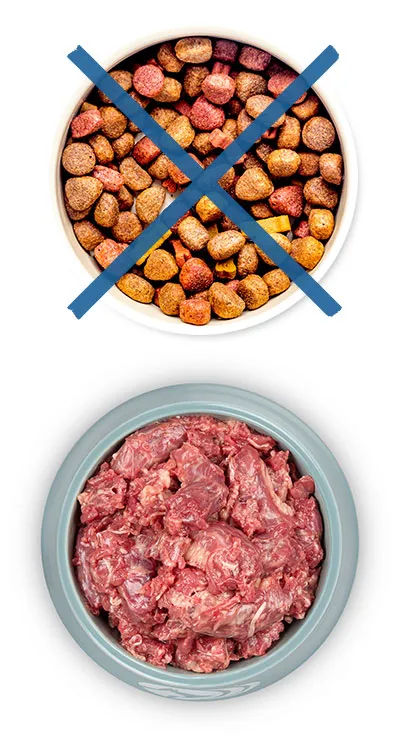
Finally, your dog needs to get used to the last important component of BARF: bones. For this step, we recommend our chicken-beef mix, which consists of soft ground chicken bones and beef muscle meat, or coarsely ground chicken necks. Always monitor your dog’s stool when feeding bones—if it’s too hard or white, reduce bone feeding initially and gradually increase it. If your dog cannot tolerate bones even after slow adjustment, it’s better to exclude them and provide missing nutrients through supplements like bone meal.
To ensure your dog receives all essential nutrients, you should start adding high-quality supplements like salmon oil and seaweed meal after completing the meat meal adjustment (step 2). Animal and plant components of BARF meals do not always contain all nutrients in the right amounts or proportions. Supplements like iodine and omega-3 fatty acids are essential. If you’re not feeding fish, vitamin D must also be added, with cod liver oil being an ideal choice.
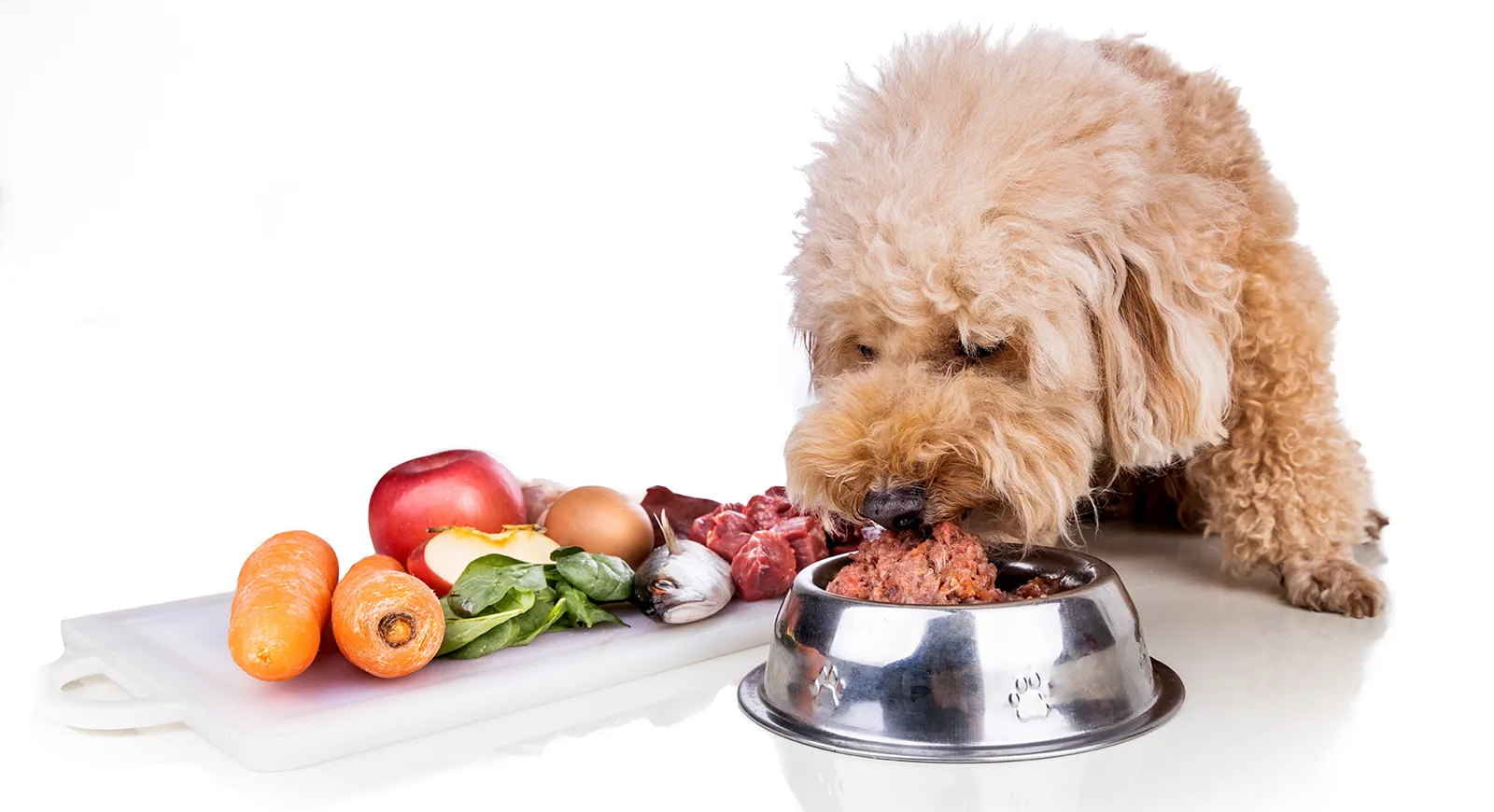
The slow transition is particularly recommended for sensitive dogs. While the diet won’t initially be balanced, the digestive system can gradually adjust to the new feeding method.
For healthy dogs, the transition can usually be much faster. For most dogs, the transition period is completed within seven to ten days. After this, you can begin feeding according to your previously established feeding plan. But remember: every dog is unique. Always consider this and give your dog as much time as needed for a smooth transition.
Note: During the transition phase, symptoms like diarrhea, constipation, mucus in the stool, vomiting, itching, or skin issues may occur. These symptoms can appear immediately or after some time and are usually no cause for concern. However, if they persist, it’s advisable to consult a veterinarian to rule out causes unrelated to the food transition.
Tip 2: Number and Size of Meals
As a general rule, an adult dog should receive about 2–4% of its body weight as a daily ration, divided into two meals. Puppies and young dogs have higher nutritional needs and therefore require between 4–10% of their body weight as daily food intake. The daily ration should be divided into several small portions spread throughout the day.
Tip 3: Composition and Preparation of BARF Meals
An ideal BARF diet consists of 80% animal components and 20% plant components. The animal portion is further divided into 50% muscle meat, 20% tripe or rumen, 15% mixed offal, and 15% raw meaty bones. For plant components, 75% should be vegetables and 25% fruits, finely pureed or gently cooked before feeding.
These are the common percentage values that you will also find in specialized literature. In this breakdown, the animal and plant portions are separately considered as 100% each and then further divided into percentages, so that the individual components add up to 100% each.
The adjacent pie chart provides an alternative view of the composition of ideal BARF meals, showing the percentage breakdown when the animal and plant components are combined as a single 100%. The composition does not change; it is simply a different way of presenting the information.
Our Prey BARF Complete Menus are also created based on the adjacent breakdown.
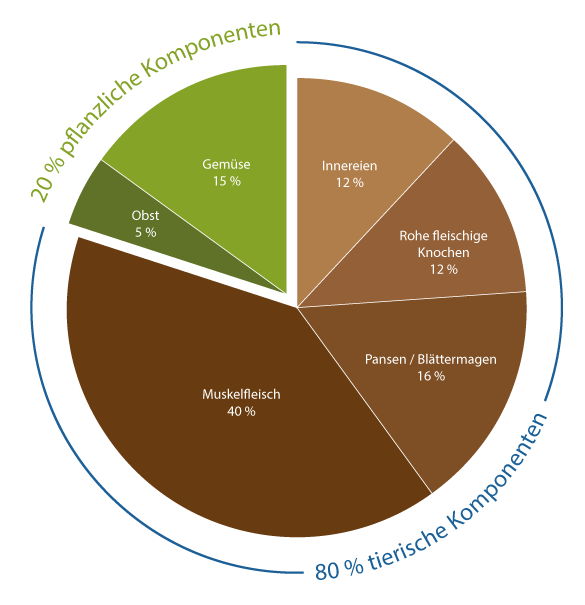
Both the meat and the fruit and vegetable varieties should be regularly varied for a balanced diet. However, it is not necessary to provide all components in the correct ratio every day. To ensure the diet meets all nutritional needs, it is sufficient to include all necessary components over a period of about four weeks. We recommend feeding 2–3 different types of meat and selecting fruits and vegetables seasonally for natural variety. Our frozen mixes also contain a good selection of different fruit and vegetable varieties.
Tip 4: Supplements
Since complete prey animals are usually not fed when using the BARF method, it is necessary to supplement BARF meals with specific additives. Valuable vitamins, minerals, fatty acids, and fiber naturally found in the blood, brain, eyes, and fur of prey animals should be provided through supplements. Some additives, such as seaweed meal to meet natural iodine needs and a high-quality oil rich in omega-3 fatty acids (e.g., salmon oil or Omega-3-6-9 oil), should be added regularly. Other supplements are optional and can compensate for missing BARF components. For instance, bone meal or dicalcium phosphate should be used if your dog does not eat or tolerate bones well.
Tip 5: BARF Calculator by eBarf
On our website, you will find a practical BARF calculator for dogs that calculates the optimal amount and composition of meals based on your pet's individual details. Additionally, we have developed four other free calculators for you, which allow you to calculate the required amount of seaweed meal, the proper combination of offal, the necessary fat content of meals, and the amount of supplemental calcium. However, always remember that every dog is individual, and the displayed results are only guidelines.
By following these tips, you will have no problem getting started with BARF. If you have any uncertainties, you can always consult a pet nutrition expert to answer your questions or create a custom BARF plan for your pet.
Even though BARFing initially takes a bit more time than feeding with ready-made food, you will quickly establish a routine, and the benefits of BARFing will clearly outweigh: BARF is the healthiest and most species-appropriate form of nutrition for dogs.
Would you like all the tips in one place for printing or saving? You can also download our BARF starter guide as a PDF here.
Enjoy and good luck with your BARF journey, wishes your eBarf Team!





















